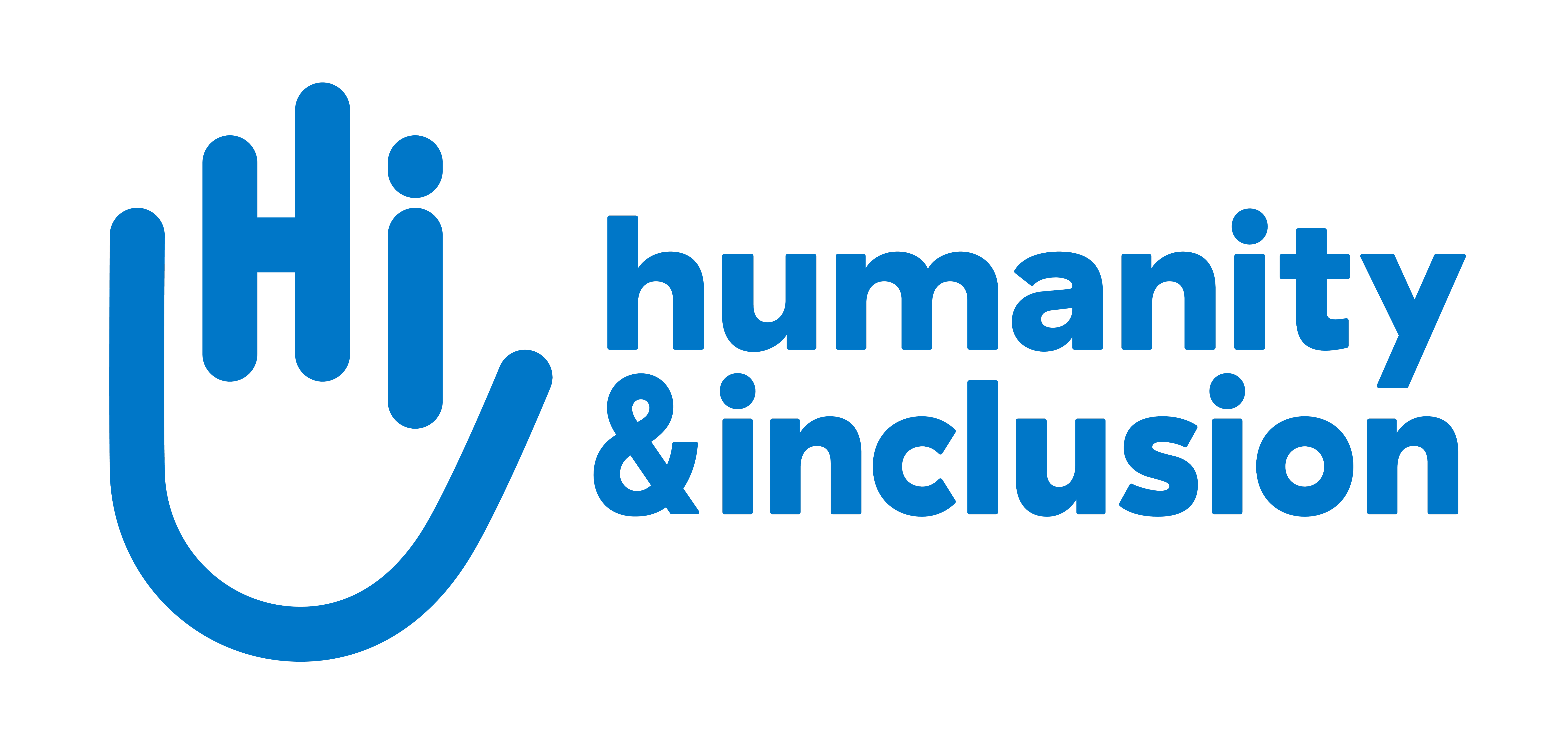Reducing the risk of disability
The conflict in Yemen is about to enter its fifth year. Wave upon wave of casualties continue to arrive in the country’s health facilities. HI runs rehabilitation programmes in six hospitals and two specialised centres in Sana'a. Like all teams working under conflict conditions, they need to take into account the following factors:

Zakaria learns how to use his prosthesis | © Ayman / HI
Conflict casualties
People injured in the conflict are arriving in hospitals in large numbers. Roughly 60% have fractures, 10% need amputations, and 10% suffer spinal cord injuries and paralysis. Many patients have head injuries.
Mobility
HI’s teams start doing rehabilitation exercises with patients the day after surgery. It’s important they use their limbs at the earliest opportunity. HI also provides crutches, wheelchairs, and so on, to prevent patients from lying in bed and to make sure they can move around, go to the toilet alone, and so on. This helps restore their dignity.
Exercises and treatment
When someone has an amputation, their stump needs to be stimulated by a physiotherapist, starting with gentle exercises - small contractions - to strengthen their muscles. Within two months, the patient should be able to wear a prosthesis and walk around. Patients with fractures are taught how to move their injured limb, dress themselves, get up, and so on, in order to help them become more self-reliant.
Hospital overcrowding
Because of overcrowding, patients only stay in hospital for a few days. We talk to them about their new physical condition and the risk of complications and disability, which we help prevent by teaching them daily rehabilitation exercises to do at home.
Training for medical teams
As Yemen has no post-operative rehabilitation services, HI provides doctors, surgeons and nurses with information on these services, shows them exercises to do with patients and discusses the sort of advice they need to prevent complications.
Filling the rehabilitation gap
If a patient stays in their chair or bed in the same position for too long, their limb may stiffen, and they could have problems moving around or wearing a prosthesis, and may never recover their mobility. If the patient has suffered a fracture and doesn’t move around, the joint can ossify and prevent them from moving their limb. Movement and exercises are essential to prevent or limit disability.





